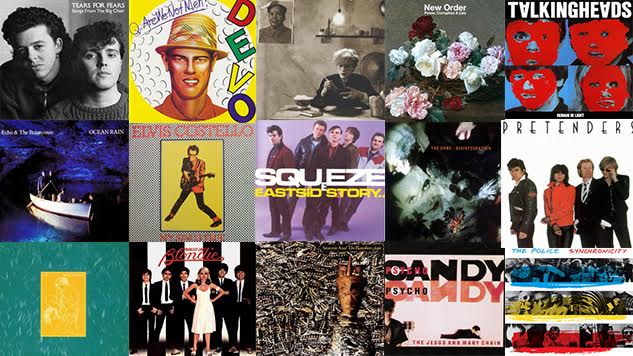
Synth-rock, short for synthesizer rock, is a dynamic music genre that merges the electrifying energy of rock with the futuristic sounds of synthesizers. Emerging in the late 1970s and gaining significant traction in the 1980s, synth-rock became a defining sound of the era, blending traditional rock instrumentation with electronic textures and anthemic melodies.

What is Synth-Rock?
Origins of Synth-Rock
Synth-rock was born out of a cultural and technological revolution. As synthesizers became more accessible and affordable in the late 1970s, musicians began to experiment with integrating these electronic instruments into various genres. At the same time, rock music was evolving, branching into subgenres like punk, new wave, and arena rock. Bands sought innovative ways to stand out, and the synthesizer provided a versatile tool for crafting unique sounds.
Pioneers such as Kraftwerk and Gary Numan laid the groundwork by popularizing electronic music in Europe. Meanwhile, rock bands like The Cars, Devo, and Talking Heads began incorporating synthesizers into their music, creating a bridge between the rawness of rock and the sleekness of electronic music. This hybridization gave rise to synth-rock, characterized by its pulsating rhythms, lush soundscapes, and soaring vocals.
Defining Characteristics
Synth-rock blends the guitar-driven intensity of rock with the atmospheric and melodic qualities of synth-based music. Key elements of the genre include:
- Synth-Driven Melodies: Synthesizers often take center stage, providing everything from catchy hooks to ambient backdrops.
- Rock Instrumentation: Electric guitars, bass, and drums maintain the genre’s rock foundation, creating a balance between organic and electronic sounds.
- Anthemic Quality: Many synth-rock songs are built around memorable choruses and uplifting themes, designed for stadium-sized singalongs.
- Technological Experimentation: The genre embraces the use of drum machines, sequencers, and other electronic tools, pushing the boundaries of traditional rock production.
Iconic Synth-Rock Artists
During the 1980s, synth-rock reached its zenith with bands like Duran Duran, The Human League, and Tears for Fears. Their music dominated airwaves and defined the aesthetic of the decade. Albums like Rio by Duran Duran and Songs from the Big Chair by Tears for Fears showcased the genre’s ability to fuse emotional depth with sonic innovation.
Other notable contributors to the genre include Depeche Mode, Eurythmics, and A-ha. Each brought a distinct flavor to synth-rock, from dark, brooding soundscapes to upbeat, danceable tracks.
Legacy and Revival
While synth-rock waned in popularity by the early 1990s, its influence has endured. The genre laid the groundwork for modern electronic and indie rock movements. In recent years, bands like M83, Chvrches, The Orphaned Bee and The 1975 have drawn inspiration from synth-rock, reviving its distinctive blend of nostalgia and innovation.
Synth-rock’s appeal lies in its ability to bridge eras and styles, offering something for both fans of traditional rock and lovers of electronic music. It remains a testament to the power of experimentation, proving that the fusion of technology and artistry can produce timeless, electrifying music.
4 Best Synth-Rock Playlists
More Articles
